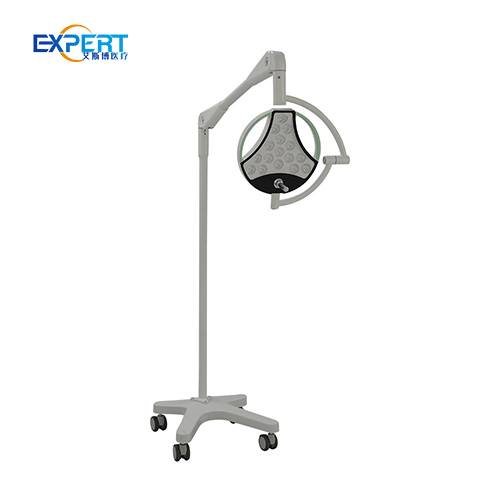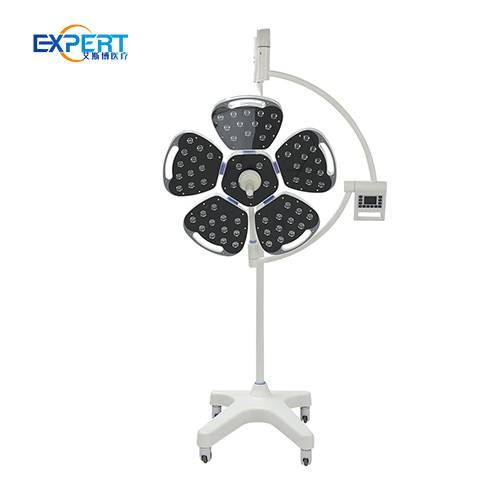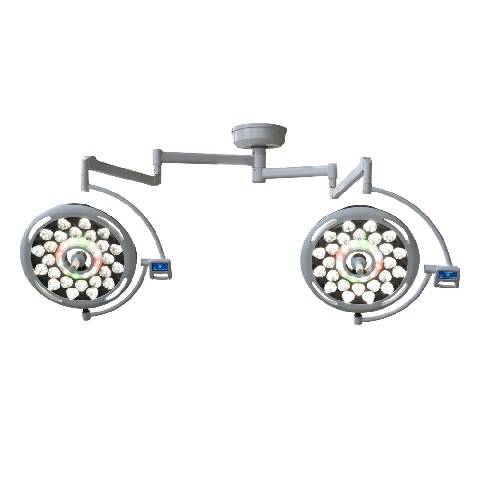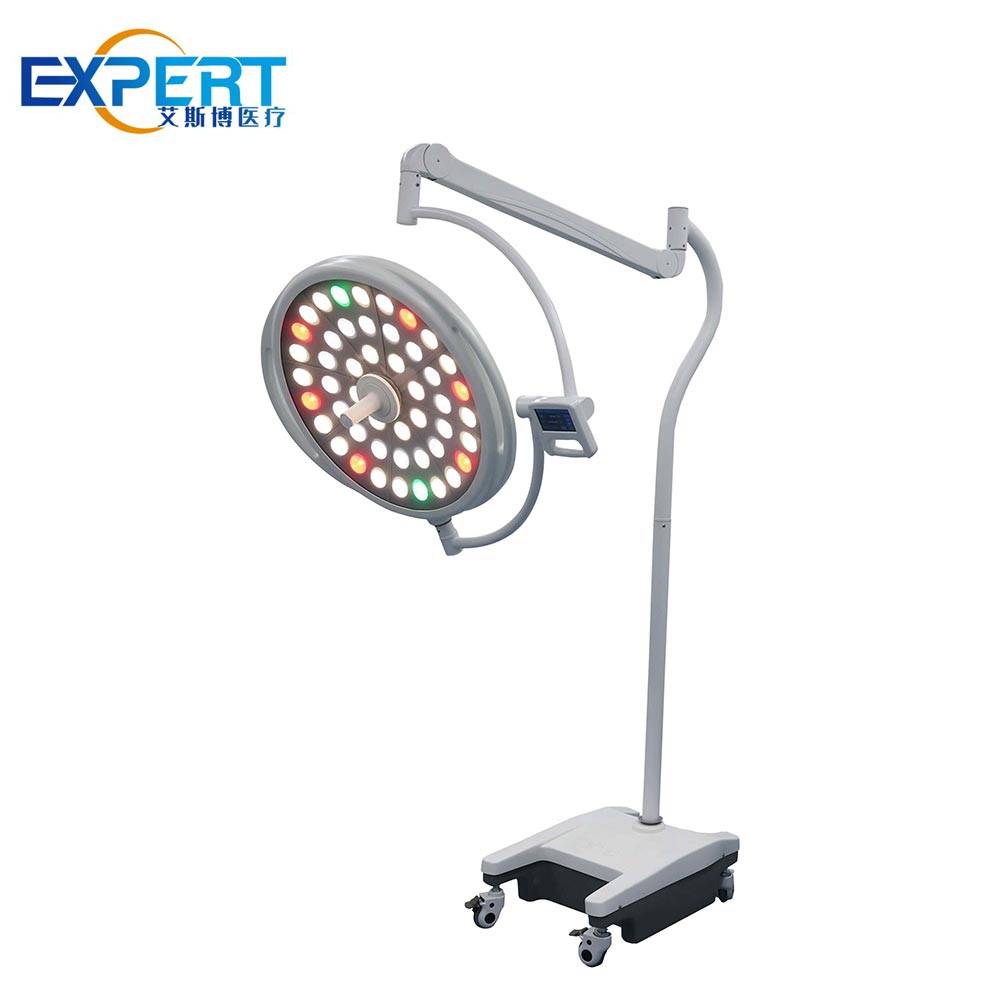Address
304 North Cardinal St.
Dorchester Center, MA 02124
Work Hours
Monday to Friday: 7AM - 7PM
Weekend: 10AM - 5PM
Welcome to My Blog!
Before we dive into the content, if you’re interested in our products or have any questions, please feel free to visit our Contact Us page on the website. Our team is ready to assist you with inquiries, orders, or any support you may need.
Now, let’s get started on our journey together. I hope you find the content here insightful, engaging, and valuable.
Surgical light camera systems have revolutionized the way surgeries are performed. These systems combine high-intensity lighting with advanced imaging capabilities, providing surgeons with a clear, magnified view of the surgical site. This guide aims to help healthcare professionals and facility managers make an informed decision when selecting the best surgical light camera system for their needs.

A surgical light camera system combines high-quality surgical lighting with integrated cameras. This system enhances visibility and records surgical procedures in high definition. These systems are vital for documentation, education, and real-time monitoring, providing an unobstructed view of the surgical site while maintaining optimal lighting conditions.
Surgical light camera systems encompass a range of components that work together to deliver exceptional illumination and imaging capabilities:
Surgical Light: A high-intensity surgical light provides shadow-free illumination of the surgical field, ensuring optimal visibility for the surgeon.
Camera System: A high-resolution camera captures images and videos of the procedure, providing surgeons with a magnified view of the surgical field.
Integration and Control: The system integrates seamlessly with existing surgical equipment, allowing for intuitive control of lighting and imaging functions.
Image Display: A high-definition monitor displays the live surgical footage, enabling the surgeon and surgical team to visualize the procedure in real-time.
Recording and Archiving: The system allows for recording and archiving of surgical footage, providing a valuable resource for documentation and training purposes.
| Feature | Description |
|---|---|
| Illumination Intensity | The brightness of the surgical light, measured in lux or footcandles. |
| Image Resolution | The clarity and detail of the captured images and videos, measured in megapixels. |
| Video Resolution | The frame rate and resolution of the live surgical footage. |
| Field of View | The extent of the surgical field captured by the camera. |
| Zoom Capability | The ability to magnify the surgical field for close-up viewing. |
| Integration with Existing Equipment | The compatibility of the system with other surgical equipment, such as microscopes and endoscopes. |
| Image Display Options | The size and resolution of the monitor used to display the surgical footage. |
| Recording and Archiving Options | The ability to record and archive surgical footage in various formats. |









Surgical light camera systems find diverse applications in various surgical specialties:
Choosing the right surgical light camera system involves evaluating your specific needs, budget, and the features offered by various systems. Here are some steps to guide you through the selection process.
Consider the types of surgeries performed in your OR, the size of the surgical team, and any specific requirements you might have for lighting and recording.
Determine your budget, keeping in mind that investing in a high-quality system can lead to better outcomes and potentially lower long-term costs due to durability and fewer maintenance needs.
Use the comparison table and other resources to compare different systems. Pay attention to user reviews and testimonials to gauge real-world performance and reliability.
If possible, arrange for demonstrations or trial periods to test the systems in your OR. This hands-on experience can provide valuable insights into usability and performance.
Seek advice from colleagues, biomedical engineers, and vendors. Their expertise can help you identify potential issues and recommend systems that have proven successful in similar settings.

Proper installation and regular maintenance are key to ensuring the longevity and optimal performance of your surgical light camera system.
Choosing the best surgical light camera system for your OR is a critical decision that can significantly impact the efficiency and effectiveness of surgical procedures. By understanding the key features, comparing top models, and following a thorough selection process, you can find a system that meets your specific needs and enhances the overall surgical experience.
Investing in a high-quality surgical light camera system not only improves surgical outcomes but also provides valuable documentation and educational resources. With the right system in place, your OR can achieve new levels of precision, safety, and efficiency.
The primary benefit is the combination of high-quality illumination and high-definition video recording, which enhances visibility during surgery and provides valuable documentation for educational and review purposes.
Higher resolution cameras provide clearer and more detailed images, which can improve the precision of surgical procedures and the quality of recorded footage.
Many systems offer upgrade options for both hardware and software components, allowing for improvements in performance and functionality without needing to replace the entire system.
A robust warranty is crucial as it provides coverage for repairs and replacements, ensuring that the system remains operational and reduces unexpected costs.
Yes, modern wireless connectivity options are reliable and offer flexibility in terms of data transfer and remote monitoring. However, it is essential to ensure that the wireless network in the OR is robust and secure.
